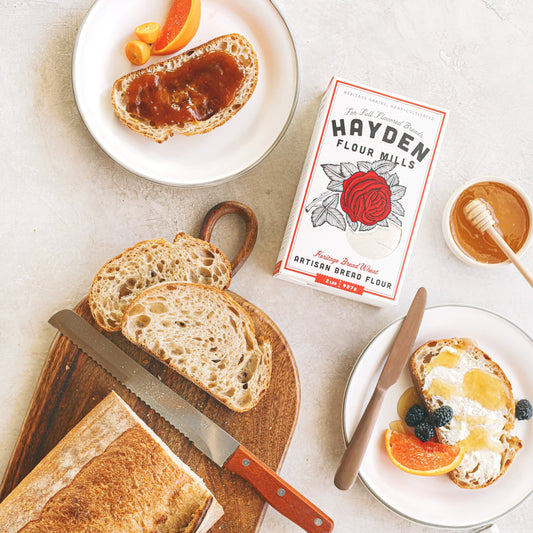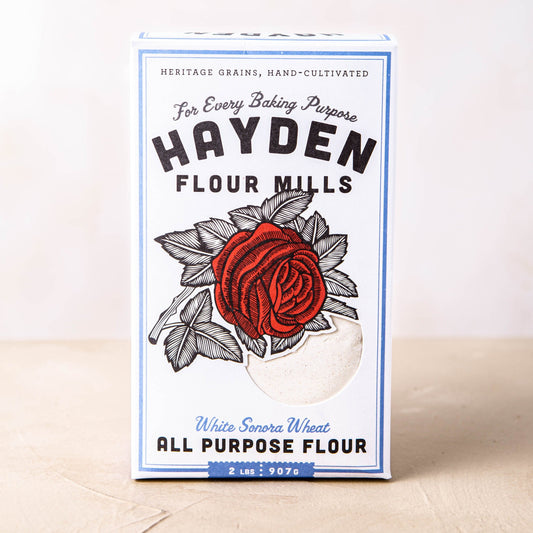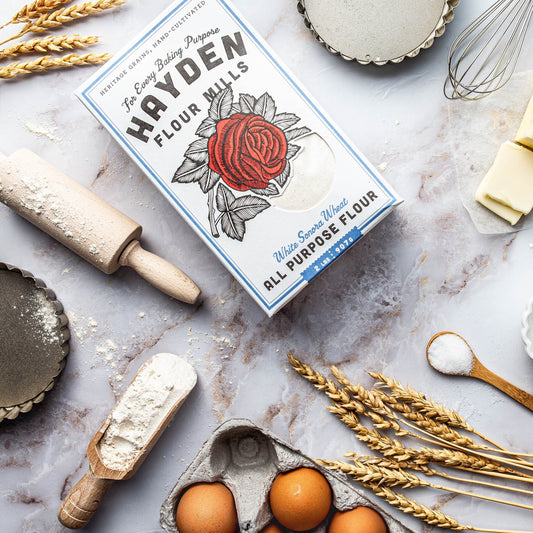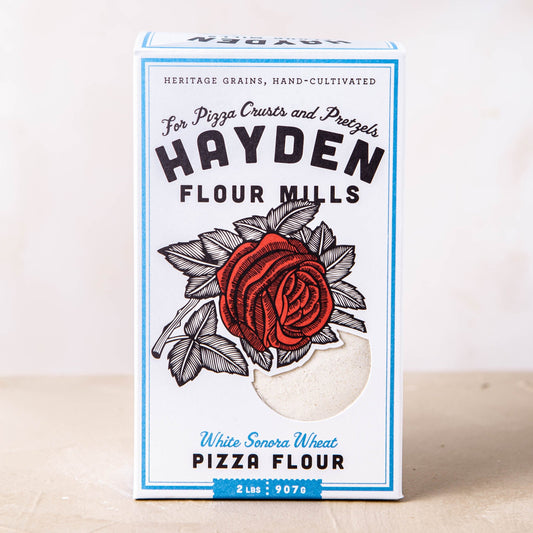Heritage Grains Guide
A Guide To Heritage Grains
Our mission, and the heart of what we do, is to revive and celebrate forgotten heritage and ancient grains. But you may be wondering what they even are.
Heritage Grains are grains that were grown before the introduction of intensive, scientific plant breeding in the mid 1900s, while Ancient Grains date back to almost 10,000 years ago. Both are rich in flavor and dense in nutrients unlike the modern over-processed wheats we’ve become accustomed to.
Discover the heritage and ancient grains we’ve been reviving and cultivating at Hayden Flour Mills.
Heritage Wheats

Einkorn
- About
- Flavor
- Ideas for Use

Emmer Farro
- About
- Flavor
- Ideas for Use

White Sonora
- About
- Flavor
- Ideas for Use

Blue Beard Durum
- About
- Flavor
- Ideas for Use

Rouge De Bordeaux
- About
- Flavor
- Ideas for Use

Red Fife
- About
- Flavor
- Ideas for Use
Corn

Yellow Corn
- About
- Flavor
- Ideas for Use

Olotillo Blanco (White Corn)
- About
- Flavor
- Ideas for Use
Other Grains

Purple Barley
- About
- Flavor
- Ideas for Use

Raw Oats
- About
- Flavor
- Ideas for Use

Ryman Rye
- About
- Flavor
- Ideas for Use

Chickpeas / Garbanzo Beans
- About
- Flavor
- Ideas for Use
Make Something Delicious
-
Artisan Bread Flour
SHOP NOWRegular price From $9.89Regular priceUnit price per -
All Purpose Flour
SHOP NOWRegular price From $9.89Regular priceUnit price per -
MAKE YOUR INBOX HAPPY
Stay up to date with our latest recipes, promos, and products, and receive a discount code for $5 OFF your first purchase when you sign up!
We promise to respect your privacy. Terms & conditions apply.






